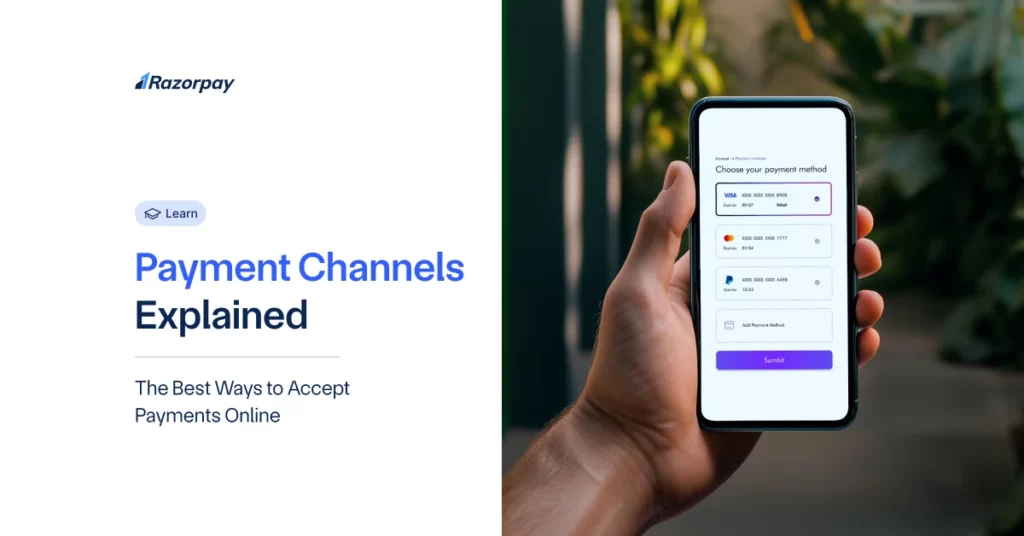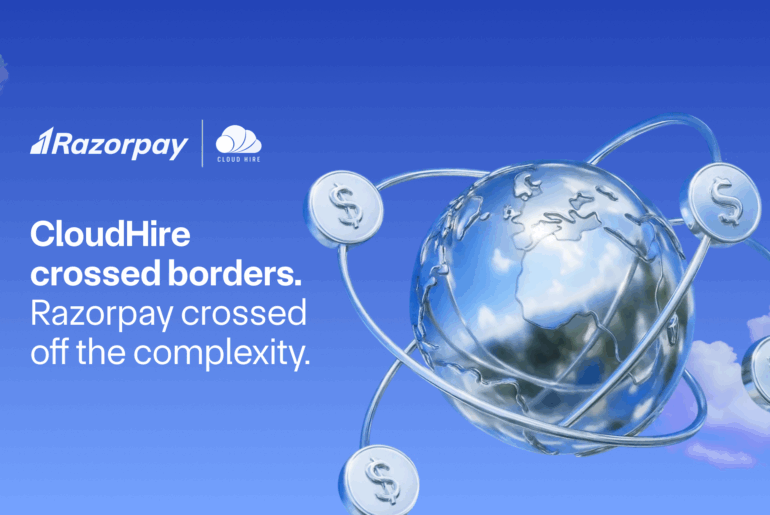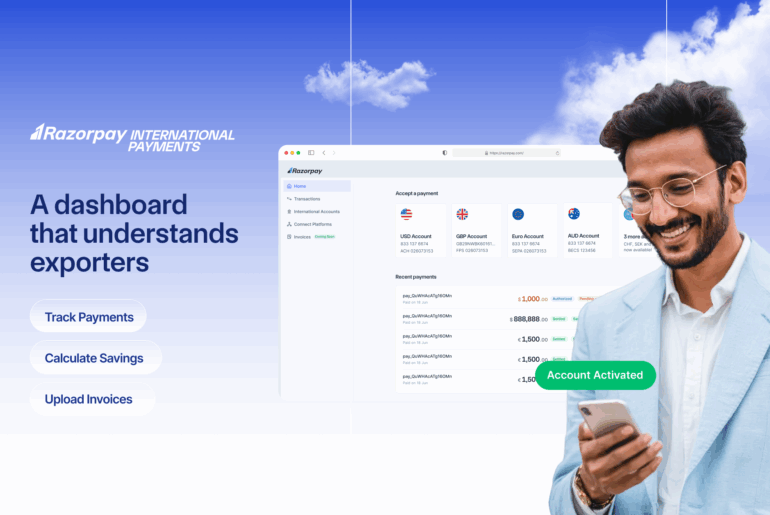Table of Contents
What’s a Payment Channel?
A payment channel is a method or system for transferring funds between a customer and a business. It encompasses the payment method, such as a credit card or digital wallet, as well as the technical infrastructure that facilitates the transaction. This infrastructure includes steps like securely transmitting card details entered on a website and screening the transaction for potential fraud.
Some common types of payment channels include:
- Credit and debit cards
- Digital wallets (e.g., PayPal, Apple Pay)
- Bank transfers
- UPI (Unified Payments Interface)
Payment channels connect consumers and businesses, allowing the exchange of money. These channels act as pathways through which transactions move, linking institutions and ensuring the smooth flow of funds.
With the rise of digital payments, payment channels have become increasingly important. Digital payment is equivalent to an electronic payment, using a digital device or platform to move money between payment accounts. For example, if you buy something from an e-commerce platform and pay through UPI, it qualifies as a digital payment. Similarly, you can also pay with other payment methods at your local grocery store. Mobile payment channels provide customers with a quick and easy way to pay via their mobile banking app or from their mobile digital wallet.
Benefits of Multiple Payment Channels
1. Improved Customer Experience
- Customers can pay using their preferred method, each with its advantages:
a. Cash has no processing requirements or fees
b. Credit cards offer rewards and fraud protection
c. Online and phone payments are fast and convenient - More payment choices make purchases more likely and reduce late payments
2. Expanded Sales Opportunities
- New channels open up new sales avenues:
a. Online payments help local businesses reach global customers
b. Storefronts can serve customers who don’t carry cash by accepting cards - Flexible options help customers pay on time, supporting a steady cash flow
3. Additional Features
- Some channels enable helpful capabilities not possible with cash:
a. Online checkouts can set up automatic recurring billing
b. Payment links can be sent via email or SMS for fast digital payment channels
c. Branding opportunities in online checkout interfaces
Payment Channel Security and Compliance Considerations
When it comes to payment channels, security should be a top priority. Protecting sensitive customer data and preventing fraud is essential for maintaining trust and compliance. Here are some key aspects to consider:
- Encryption: Ensures data is securely transmitted and stored
- Tokenisation: Replaces sensitive data with unique tokens for added security
- Secure payment gateways: Facilitates safe transactions between parties
- PCI-DSS compliance: Adheres to Payment Card Industry Data Security Standards
To maintain compliance and security, businesses must stay updated on evolving regulations, especially with the rise of digital wallets and UPI in India.
How to Set up Multiple Payment Channels?
Setting up multiple payment channels may seem daunting, but with the right approach, it can be a smooth process:
1. Assess Your Customer Base:
- Identify preferred payment methods based on customer demographics and transaction volume.
2. Select Reliable Payment Gateways:
- Choose gateways that integrate with your e-commerce platform or POS(Point of Sale) system.
- Ensure support for diverse methods like cards, digital wallets, and ACH( Automated Clearing House).
- Prioritise security features and consider efficient providers.
3. Integrate Payment Channels (Step-by-Step):
- Accounts with PSPs(Payment Service Providers): Register with PSPs supporting your channels.
- Physical POS: Build solutions with providers, including hardware and virtual terminals.
- Phone/IVR Payments: Set up phone/IVR services, supporting touch-tone and speech recognition.
- Online Payments: Integrate a checkout solution for cards/ACH payments.
- Contactless Payments: Ensure POS compatibility with NFC( Near-Field Communication) for digital wallets/cards.
- API(Application Programming Interface) Integration: Connect channels via APIs for customised solutions.
- Testing: Thoroughly test all channels.
- Compliance: Ensure compliance with security standards like PCI DSS, HIPAA(Health Insurance Portability and Accountability Act), etc.
- Unified Platform: Manage channels via a unified platform for simplified reporting.
Payment Channel Solutions for Your Business
When evaluating payment solutions for your business, consider your industry needs, whether you operate an e-commerce store, brick-and-mortar location, or offer subscription services. Reputable payment service providers offer comprehensive platforms that support different payment channels to meet your unique requirements.
Look for solutions that enable you to accept a variety of payment methods, including:
- Credit and debit cards
- ACH bank transfers
- Digital wallets
- Payment links
A robust payment gateway will ensure smooth transactions across all your payment channels, providing a seamless experience for your customers. Additionally, all-in-one payment solutions that consolidate multiple channels into a single platform can simplify management and reporting for your business.
Conclusion
Payment channels play a crucial role in modern business operations, offering flexibility and convenience for both businesses and customers. By providing multiple digital payment channels, you can improve the customer experience, expand your sales opportunities, and reduce late payments.
When implementing payment solutions, prioritise security and compliance to protect sensitive customer data and meet regulatory requirements. Partnering with a reputable payment service provider can help ensure your payment channels adhere to industry standards and best practices.
By understanding the payment channel landscape and working with a knowledgeable payment partner, organisations across industries can expand their payment acceptance in ways that improve service, increase sales, and strengthen cash flow. Meeting customers’ evolving expectations for fast, flexible, secure payment experiences is key to staying competitive in an increasingly digital world.
Frequently Asked Questions (FAQs)
1. Are payment channels secure?
Yes, reputable payment service providers employ advanced security measures like end-to-end encryption, tokenisation, and fraud prevention tools to protect sensitive customer data across all payment channels.
2. What are the most common types of payment channels used by businesses?
The most common types of payment channels used by businesses include physical POS systems, phone and Interactive Voice Response (IVR) payments, online checkout solutions, and contactless payments.
3. How many payment channels should a business use?
The number of payment channels a business should use depends on its industry, target audience, and sales strategy. Generally, offering multiple payment methods can improve the customer experience and expand sales opportunities.
4. What is the role of a payment gateway in payment channels?
A payment gateway securely transmits transaction data between a business’s payment channels and the payment processing network, ensuring smooth and secure transactions across all channels.
5. What is the importance of payment channels in e-commerce?
Payment channels are crucial in e-commerce as they enable businesses to accept a variety of payment methods, improve the online checkout experience, and reach a global customer base.
6. What security measures should businesses take when using payment channels?
Businesses should work with payment service providers that adhere to industry security standards like PCI DSS, employ encryption and tokenisation technologies, and offer fraud prevention tools to protect sensitive customer data across all payment channels.
7. How do payment channels affect customer experience?
Offering multiple payment channels allows customers to pay using their preferred method, which can improve the overall customer experience, increase sales, and reduce late payments. Payment links, for example, enable fast and convenient transactions via email or SMS.


